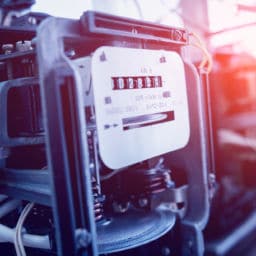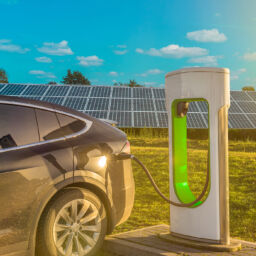Although solar energy is on the rise in California, it is still not considered to be a reliable long-term source of energy. In order for California to reach grid parity and make the transition to clean energy, the golden state needs an electric grid with the capability to store the sun’s power. In order to create a more efficient and reliable grid, along with meeting Governor Jerry Brown’s goal of 1/3rd of California’s energy coming from renewable sources by 2020, California has plans to expand their energy storage capacity to 1.3 gigawatt hours.
Benefits of Energy storage for Solar:
• Increase grid electricity and allow for the use of more renewable energy
• Help eliminate the need for costly transmission lines
• Allow for solar to become a more reliable and available source of energy
• A more flexible grid as well as energy security
According to solar industry experts, the capturing and storing of renewable energy for use at a later time can be seen as the missing link in California meeting its’ 2020 goal as well as transitioning to the use of renewables to meet the state’s energy needs. Reports from Green Optimistic showed that by 2017, California’s energy storage infrastructure is expected to be worth $10 billion.
To help advance the creation of energy storage, in 2013 California revived the Storage Act of 2011, in order to promote the deployment of energy storage technology to create a robust grid that can handle renewable energy. This incentive program for storage for renewable energy will help the state go from 30% to 70% of clean energy. Energy storage is part of the solution that will give California a more flexible grid designed to better utilize the sun’s energy. With the revived program, homeowners or business owners who have already gone solar or are now installing a solar system can invest in energy storage and store their generated electricity for use later and avoid using the energy generated from their solar systems during peak times.
Affordable and reliable energy storage for solar has the potential to promote the widespread use of renewable energy. With available energy-storage technologies, renewable energy could have the capability to be stored and then distributed through the electric grid during demand times of peak power. According to Cullen Buie, an assistant professor of mechanical engineering at MIT, “Energy storage is the key enabling technology for renewables,” Buie says. “Until you can make energy storage reliable and affordable, it doesn’t matter how cheap and efficient you can make wind and solar, because our grid can’t handle the intermittency of those renewable technologies.”
With the push toward improved energy storage for renewable energy, California hopes to generate 70% of their energy from renewables compared to the 30-40% they currently generate.





